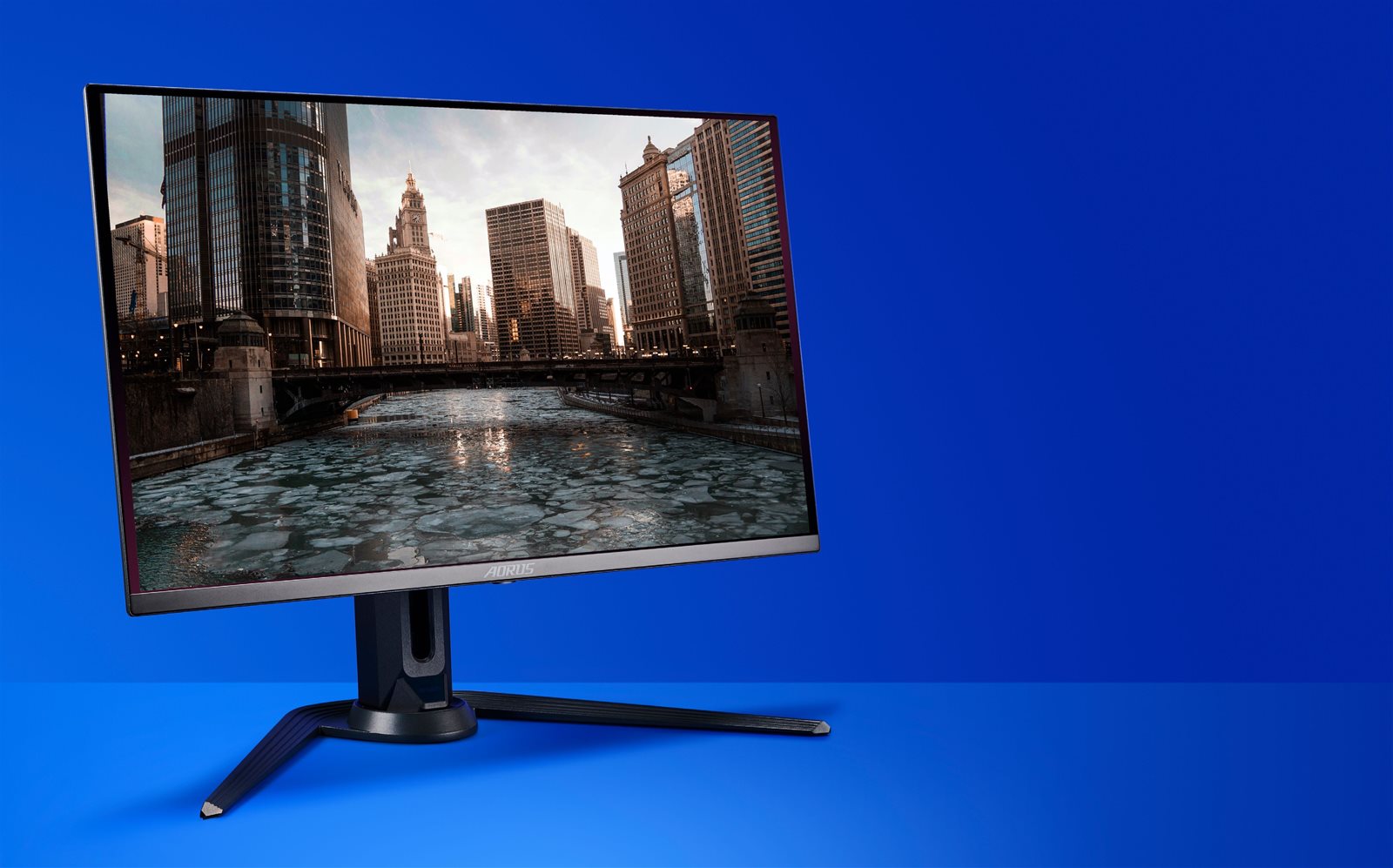
The bezel is nice and thin, which adds to the elegant look.
© UNSPLASH
ONCE UPON A TIME,
60Hz was the standard.
This weird hangover from NTSC TVs that needed to sync to the frequency of AC power (which in turn goes back to Nikola Tesla, Edison, and Westinghouse making arc lights) still provides a smooth viewing experience, but monitor manufacturers have realized they can go faster, and the rule of bigger numbers always being better is well and truly in play.
And while 240Hz may not be at the absolute cutting edge, it’s still plenty fast, though you’ll need a beefy GPU to push that kind of frame rate to it at 1440p.
This means it’s kind of a niche product. There are loads of OLED screens that match the FO27Q2 for panel size (27-inch, in a standard widescreen shape) and brightness, and which may well cost less. The frame rate is something special that’s going to appeal to lovers of competitive shooters and other eSports. An opponent can move a long way in 1/60th of a second, after all, so it’s helpful to see them pop out from cover before you’re killed.
There are other gaming features, too, such as the ability to add a crosshair to the center of the screen, and AMD FreeSync Pro is on by default to clamp down on tearing. There’s more, in what Gigabyte calls its Tactical Features, such as Night Vision that lightens shadows without blowing out the whole picture, and the ability to monitor hardware stats in an overlay. This is a gaming screen through and through, and it’s less well suited to creative work, something underlined by a color response that displays all of the sRGB gamut, but only 75% of the more pro-focused Adobe RGB and P3 color spaces in our tests. The manufacturer claims it can do better, so you may have better luck by adjusting the settings.